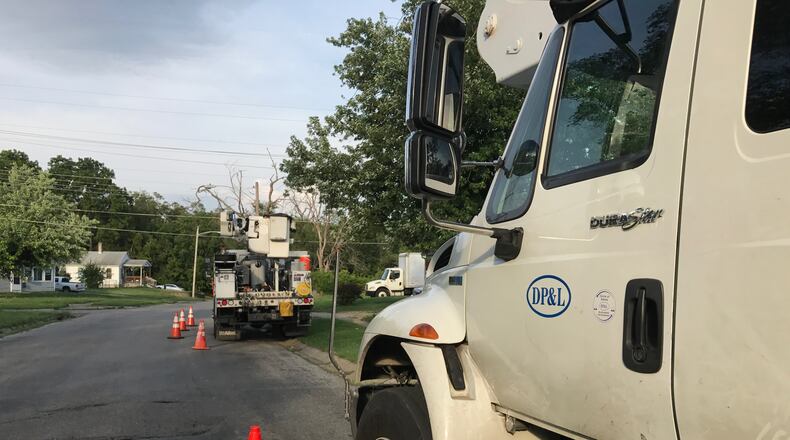DP&L says the plan is supported by Dayton city government, environmental groups, competitive suppliers and the Public Utilities Commission of Ohio (PUCO) staff.
This was a result of DP&L applying in late 2018 to implement smart grid technologies across its service territory, a spokesman for the PUCO said.
Ohio’s other electric distribution utilities have already launched similar programs, said the spokesman, Matt Schilling. AEP Ohio and Duke Energy Ohio have deployed smart meters throughout much of their service territories, he said.
The PUCO’s technical staff signed the settlement, but the case will need to have a formal hearing schedule before a vote by commissioners, Schilling said.
Commissioners can accept, reject or modify a settlement pact based on the evidence in a case, Schilling said. He did not have a timeline for when that may happen.
The Ohio Consumers' Counsel did not sign the settlement, saying the agreement would increase Dayton-area consumers' rates if adopted by the PUCO. The office will make its recommendations to PUCO commissioners in a hearing, said J.P. Blackwood, spokesperson for Ohio Consumers' Counsel Bruce Weston.
A representative of DP&L said the rate increase would be 94 cents for the average residential customer in the DP&L service territory, using 1,000 kWh (kilowatt-hours) on DP&L’s “standard service offer.”
Electricity usage is calculated in kWh, or 1,000 watts used for one hour. As one example, a 100-watt light bulb on for ten hours uses one kilowatt-hour.
“We continue to maintain the lowest residential rates of the investor-owned utilities in Ohio,” said DP&L spokeswoman Mary Ann Kabel.
“We appreciate the opportunities to work with all interested parties to reach a balanced and fair settlement agreement to continue our progress toward creating a smarter energy future for our customers,” Lisa Krueger, president of the U.S. strategic business unit for AES Corp., the parent company of DP&L, said in a statement. “This marks an exciting step in our digital transformation to provide our customers with personalized, innovative, and seamless energy services.”
DP&L said the plan is to invest in "smart meters” that allow better reliability, performance and communication. Schilling said such meters can help provide customers with data regarding their energy use, reduce utility operating expenses and lead to more timely restoration of power outages.
DP&L also said it will build “self-healing” grid sections which isolate problems and automatically re-route power without service interruptions.
The utility said it will also implement rebate programs for electric vehicles and more — including prioritizing the installation of equipment in the West and Northwest areas of the city of Dayton which were the hardest hit locations by the 2019 Memorial Day tornadoes.
About the Author

